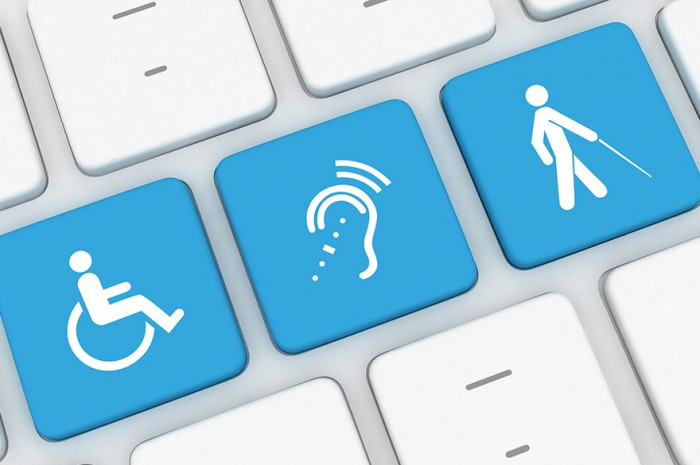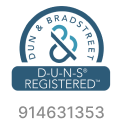For a long time, the barriers imposed by society are due to many limitations for people with disabilities.
Fortunately, the use of technology has been quite significant to expand the access of the poor to the labor market, to education and to lazer.
In the case of people who are blind or have some type of more serious visual problem, innovation has allowed the launch of some quite revolutionary equipment.
These tools generally use different resources to offer more independence, autonomy, security and quality of life for visually impaired people.
Some examples of these technologies:
• Web reading software
• Optical aids
• Lenses, magnifying glasses and telemagnifying glasses
• Applications for reconstitution of objects
• Applications for core reconstitution
• Text readers
• Fabric enlargers
• Hardware with brail printers
• GPS to help blind people find out if they have broken or know their location
Conheça 2 software designed for people with visual impairment
• Virtual Vision
According to the manufacturer, this software is a definitive solution so that poor visuals can be used with autonomy or Windows, or Office, or Internet Explorer and other applications, through reading two menus and screens of these programs through a voice synthesizer.
• Window-Eyes
Another interesting option, Window-Eyes is nothing less than one of the fabric reading solutions most available on the market today.
Supporting Windows 2000, Windows XP (Home, Professional and Media Center), Windows Server 2003, Windows Vista and all 32-bit and 64-bit versions of Windows 7, it is surely one of the most powerful web reading software available to you today.
What is the importance of assistive technology for people with disabilities?
Generally speaking, we can understand assistive technology as an area of expertise aimed at creating devices, techniques and processes capable of promoting assistance, quality of life and rehabilitation for people with disabilities.
It is worth noting that assistive technologies are not limited to electronic or digital resources.
According to the Technical Assistance Committee – CAT, of the Secretary of Human Rights of the Republic, assistive technology also encompasses products, resources, methodologies, strategies, practices and services that aim to promote social inclusion, especially in the labor market, in companies and in schools.
What are the 10 categories of assistive technologies?
Specialists in the customary area classify assistive technologies in ten categories. All of them aim to act in an integrated way to benefit the blind, blind, physically handicapped, among other groups.
• Help for daily and practical life
In this category, we can take as an example the utensils and products that have autonomy in the routine of people with disabilities, whether in the work environment, at home or on the street.
• Augmentative and alternative communication
This category is directed to resources addressed to people with difficulty or absence of written language.
It aims to create tools that facilitate the communication and understanding of these individuals with other people. Some examples are reading software, sinai translators, voice devices, among others.
• Computer accessibility resources with assistive technology
This category has the objective of creating mechanisms to help people with disabilities who do not use the computer autonomously.
• Environment control system
In this category, people with disabilities or with some type of motor limitation will benefit from resources for automatic device management, lighting, remote control, voice command, among others.
• Architectural projects for accessibility
This category is aimed at creating streets, paths and environments with adequate access for people with reduced mobility or visual impairment. Some examples may include ramps, elevators, adapted toilets, etc.
• Orthoses and Prostheses
This category is intended for people with motor impairment or those who will lose a body member.
With orthoses and prostheses, disabled people gain more autonomy, security and independence for day-to-day activities.
• Postural adequacy
Postural adequacy refers to the resources that contribute to the proper posture of people with disabilities, especially those who live in a bed or on a wheelchair. The objective is to offer more comfort and reduce the chances of marriage sequels due to poor posture or excessive time in the same position.
• Mobility Assistance
This category included utensils such as crutches, walkers, wheelchairs, carrinhos and other products that guarantee poor mobility.
• Help for blind or low vision people
This category is intended for equipment and products intended for people with visual impairment or low vision.
• Aids for people with disabilities or hearing loss
Here, we can find as an example the devices for security, the telephones with keyboard-teletype, the devices with translation for pounds, among other resources.
• Vehicle adaptations
This category only includes assistive technologies that allow people with disabilities to steer safely, and how to access the car comfortably and with autonomy.
As explained, the objective of the categories listed above is to facilitate the daily life of these people through alternatives that will make them more comfortable, even and accessible to those with disabilities.
In the end, we know that the life of a person with deficiencies is full of challenges and achievements. Therefore, the entire society must be vigilant to engage in the fight over this issue.
If you like this article, continue following our blog to keep more and more updated about the universe of software and technology.









 5 min reading
5 min reading




